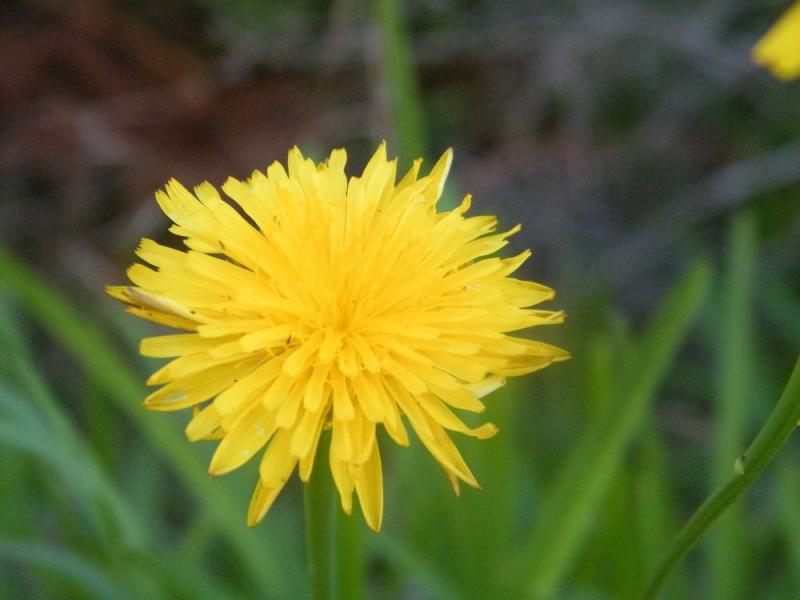All parts of dandelions are edible: leaves, flowers and roots
Raising doves was once quite common. Rock doves, or rock pigeons, came to North America from Europe early in the 17th century. Some escaped or were set loose, and soon American cities were blighted by huge flocks of pigeons, or as New Yorkers refer to them, “rats with wings.”
A Shakespeare fan had the hare-brained idea to bring to America every bird mentioned in Shakespeare's plays. The European Starling was first let loose in New York City’s Central Park in 1890. Now an estimated population of over 200 million starlings wreaks havoc on the ecology.
As a gardener, can one ever have too much of a good thing?
Take a common European garden plant, bring it to America, and let it go to seed and escape colonial gardens. Dandelions are known as pioneer plants, or ruderals, which are the first plants to colonize any disturbed lands, such as a plowed field or bare land after a wildfire. The seeds will drift up to five miles in the wind. Soon this invasive plant spread far and wide, and has become the bane of anyone with a lawn. The name of this mischievous plant comes from its serrated leaves that playfully in French was “dent de lion” or “lion’s tooth” or dandelion.
While they may ruin the perfectly green lawn, dandelions are quite edible. Indeed, all parts of dandelions are edible: leaves, flowers and roots.
Dandelions are a good source of vitamin A, vitamin C, vitamin K, and vitamin D, along with calcium, iron, magnesium, and potassium. Traditionally, dandelions were used to treat diseases of the kidney, liver, joints and gallbladder.
Even today many people make caffeine-free coffee substitute from roasted dandelion roots. This dandelion coffee looks and tastes like real coffee, only a bit sweeter.
Dandelion leaves are low-calorie and rich in fiber, so you feel full after eating them. You can even make dandelion wine from the flowers, along with dandelion jelly and even a beautiful yellow dandelion bread. Many birds and insect pollinators eat the seeds or nectar of dandelions.
You can, of course, simply go into the lawn or meadow and pick wild dandelions, but often these have been exposed to pesticides or even car exhaust. So, you may want to plant dandelions in the vegetable garden, where they originally started. When planting dandelions in the garden, sow the seeds shallowly as they need light to germinate.
Once they are about three inches tall, thin them to stand six to 10 inches apart in the row. Avoid planting dandelions near corn or potatoes.
Dandelions will grow in full sun or partial shade. In fact, shade-grown plants will often have more tender leaves than those grown in full sun. You can also blanch dandelions much like celery, by mounding soil over the plants for a few days before picking.
Harvest young leaves before the plant begins to bloom. Once the plants have flowered, the leaves become bitter.
Besides being a source of food, dandelions can fight garden disease. We often plant marigolds among vegetables to ward off nematodes, and you may want to add a few dandelions among your garden plants. It is scientifically proven that dandelions help prevent fusarium wilt. This is because fusarium wilt needs high levels of iron to survive, and dandelion roots produce cichoric acid, which keeps fusarium wilt from using the iron in the soil.
Plant dandelions in your garden for healthy, vitamin-rich greens, and maybe even roast the roots for ersatz coffee. Seeing them in tidy rows rather than scattered across the lawn, you will have literally tamed the lion. Or at least the teeth of the lion.























































